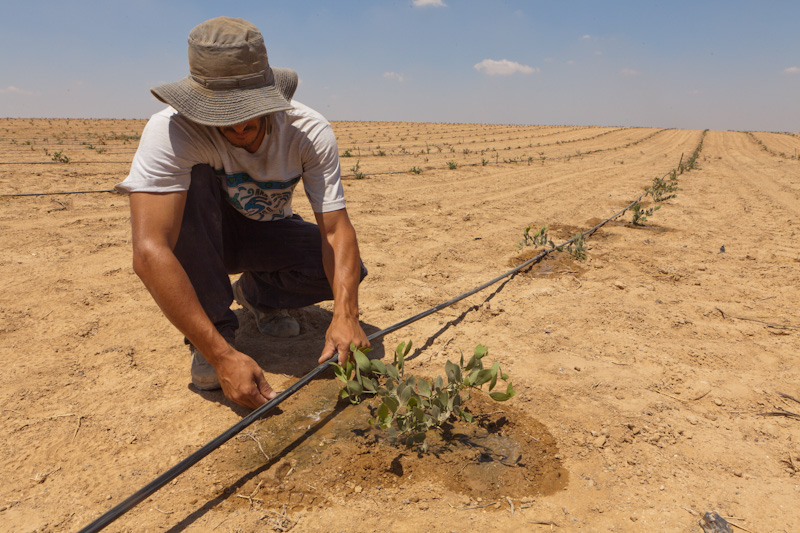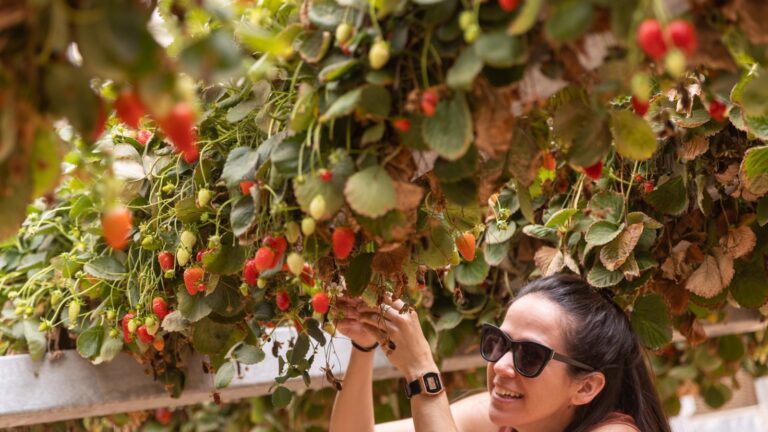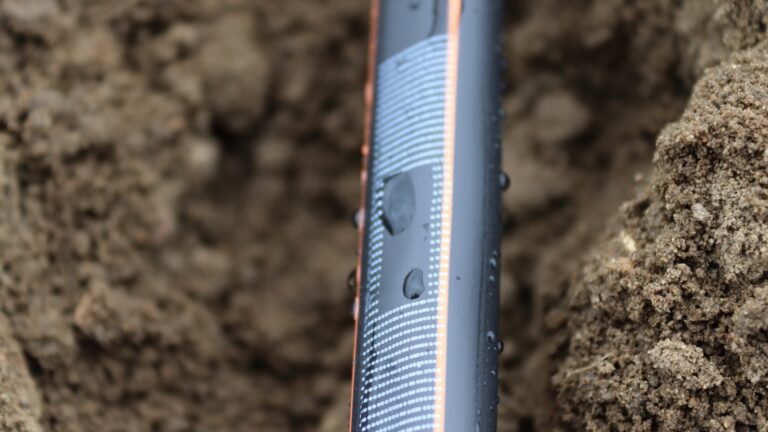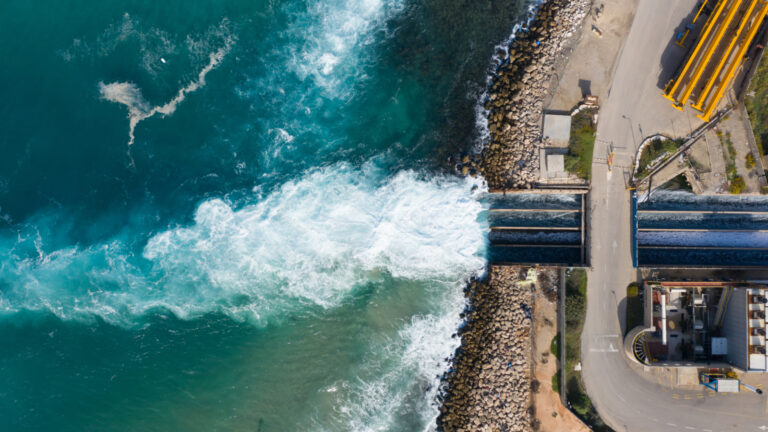by Lin Arison & Diana C. Stoll/The Desert and the Cities Sing
Naty Barak, Chief of Sustainability at the pioneering company, Netafim, describes Israel’s role in launching an irrigation technology that has revolutionized agriculture around the world.
A Startup in a Kibbutz
When I was young, I was very idealistic. I moved from my home in Haifa to Kibbutz Hatzerim in 1964, along with a group of other young people. We were all farmers, but we weren’t having much success because of water shortage and the high salinity of the soil. The idea for Netafim came in 1965. We had been looking for an industry as a focal point, and we’d set up some guidelines for what we wanted. For one thing, we wanted it to be connected to agriculture. We needed something that would not require too much labor: the idea was to find work for fourteen kibbutz members.(Today we have nearly 3,000 employees, all over the world.
Simcha Blass Has an Idea
It was Simcha Blass who moved the idea of drip irrigation forward. Once, Simcha saw a long row of trees that had obviously all been planted at the same time – and yet one of them was far bigger than the others. He was curious and went to see what the reason was.
He discovered a water pipe that had a crack in it, and it was leaking near the tree, slowly, drop by drop. On the surface of the ground, there was just a limited circle that was a little bit wet, and the rest of the soil was dry. When he started digging, he saw that underground the wet area became wider, and that there were a lot of roots.
This gave him the idea. That was in the late 1930s. But he kept the idea in his head for years, until affordable plastic piping was introduced, and in the 1960s he started to do experiments in his backyard with the drip system. A few years later, a brilliant engineer developed the next generation of drippers for us.
Today, the tiny plastic dripper has many functions built into it. It’s pressure-compensated, which means that it will always deliver exactly the same amount of water, regardless of distance from the water source; it’s self-cleaning; and it has all kinds of clog-prevention and non-leakage mechanisms.
To give you an idea of what it all means: I’ve worked a lot in the Arava Desert. The rainfall there can sometimes be as little as 20 millimeters per year. But today it’s a rich agricultural area, largely because of drip irrigation.
Helping to Irrigate the World
Today, Netafim has 13 manufacturing plants all over the world: in California, Mexico, Chile, Brazil, South Africa, Australia, two plants in India (and we are thinking about a third one), three plants in Israel, one in Turkey—and so on. Wherever you have agriculture, you have drip irrigation. It helps in growing tea in Tanzania, sugarcane in the Philippines, potatoes in China, etcetera.
We’re involved – along with several other irrigation companies – in the Andhra Pradesh Micro Irrigation Project in India, helping farmers to enhance their crop yield and save water. We also donated drip-irrigation systems to a foundation in Oklahoma, and they in turn gave them to a military base in Afghanistan; now they are bringing Afghan farmers into the base to teach them how to use drip irrigation.
On a smaller scale, we have developed what we call the “Family Drip System” for small farmers in developing countries. It’s gravity-based, so you don’t need electricity. All you need is to put a tank on an elevated stage, fill it with water, mix it with the right nutrients, open the valve and shut the valve—and it will irrigate five hundred square meters, which is a small farm for a family. Training is very important, of course. But if the farmers do it right, the increased yield is amazing, and the return on investment is in less than one year. We’ve distributed these in Kenya and elsewhere.
In reaching out to farmers in other places, we try to work collaboratively. We don’t say: “We came from Mount Sinai. We invented drip irrigation; do what we tell you and you’ll be successful.” That’s the wrong attitude. We say: “Listen, you have been growing tomatoes in this region for generations – you and your father and your grandfather – so you must know a lot about growing tomatoes. We know something about drip irrigation; we are working in the Arava with tomato growers… so let’s bring our skills together.”
And whether we are talking to a Chinese farmer who has one tiny parcel of land, or a cotton-farm manager in Arizona who wears $2,000 lizard-skin boots, we talk to both of them the same way. We give them the same respect. In Hebrew, we say that we’re talking to farmers “at eye level”: farmer to farmer.
For more information: Netafim
Lin Arison & Diana C. Stoll are the creators of The Desert and the Cities Sing: Discovering Today’s Israel, a treasure box that highlights Israel’s creative achievement and innovation.
















